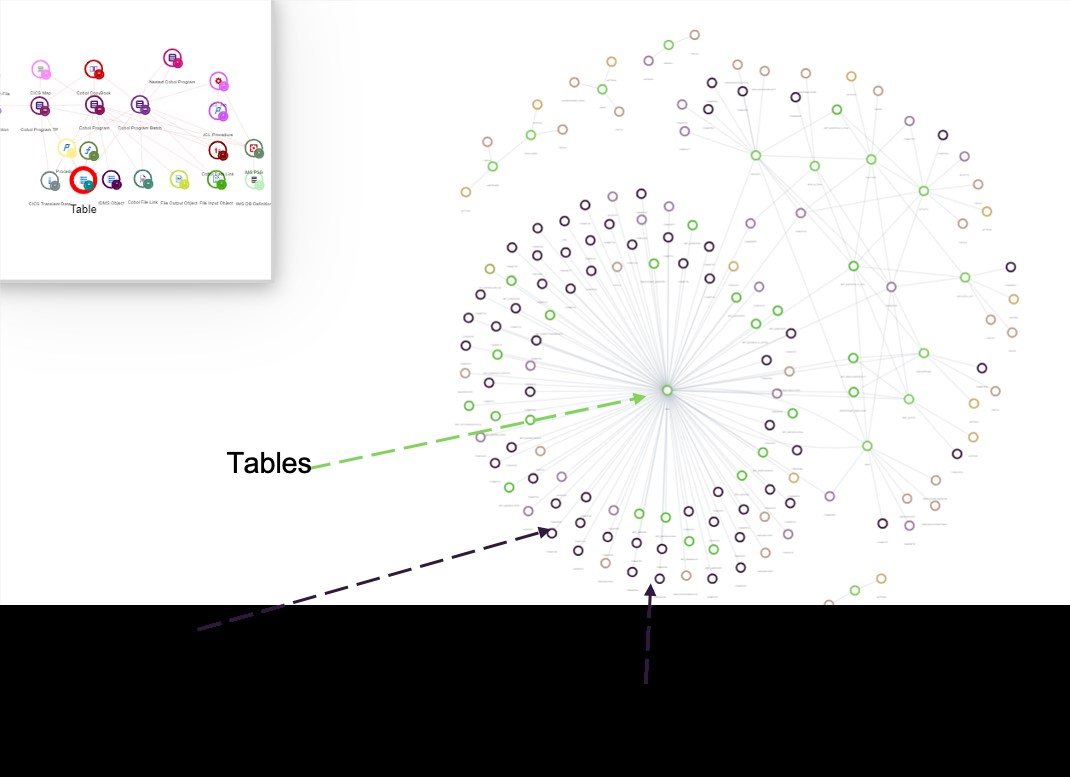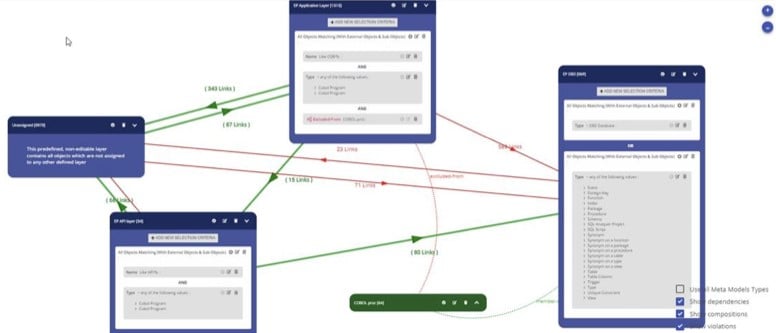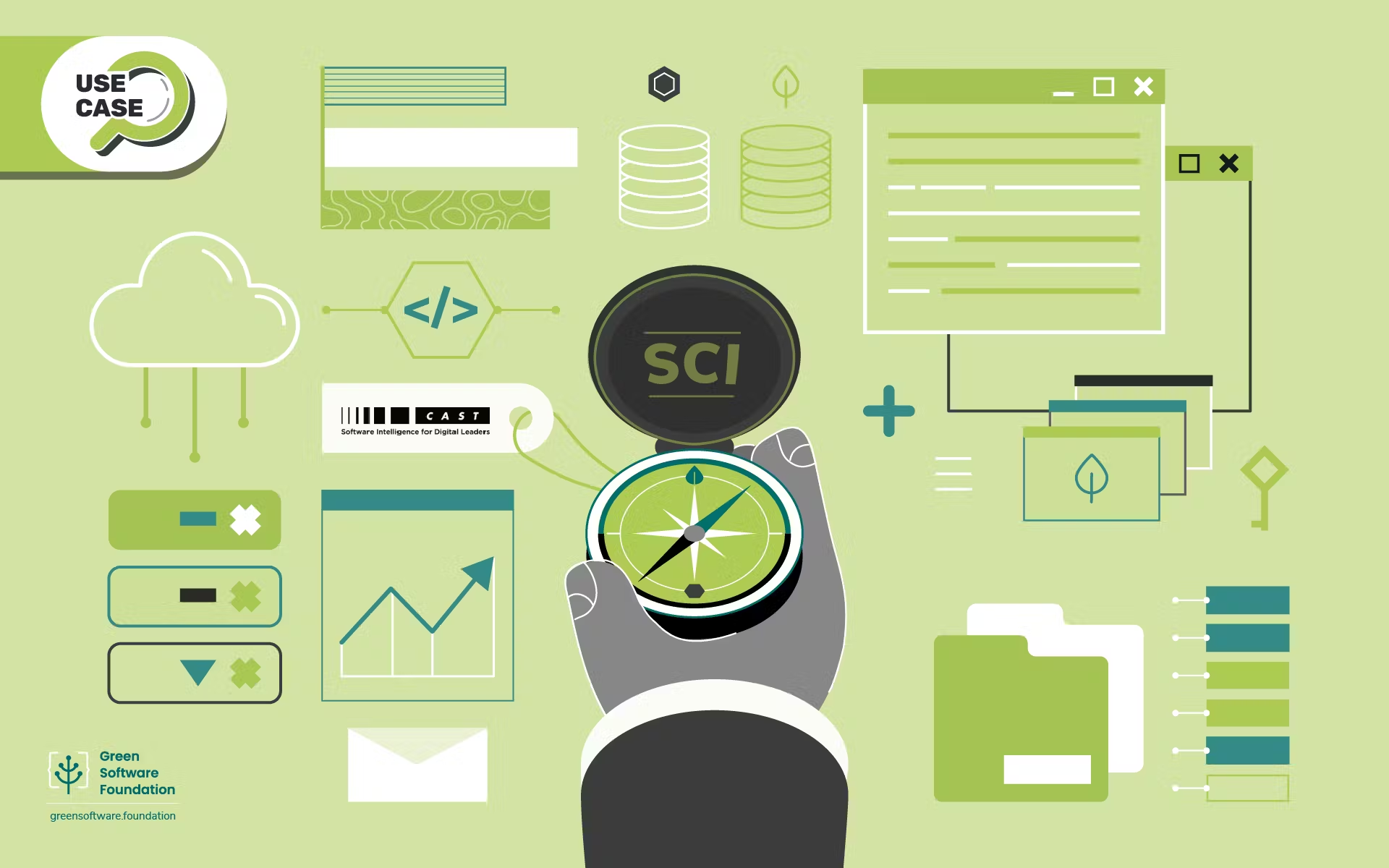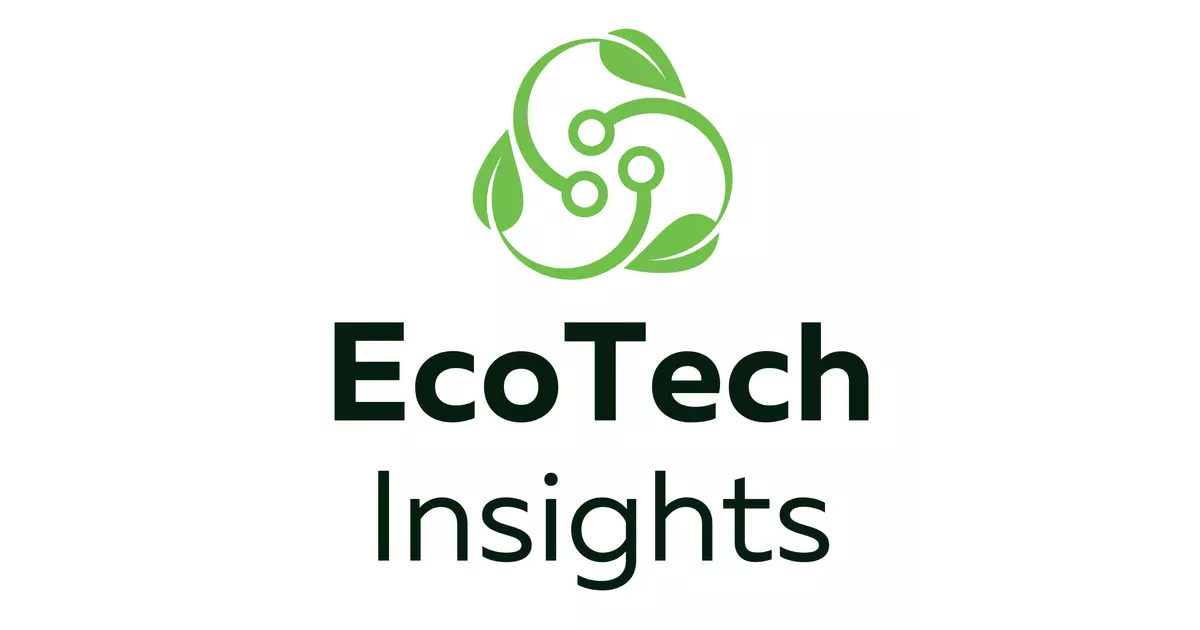There is no question that application modernization has become a top priority for IT leaders. According to Gartner, for every dollar spent on digital innovation, three dollars are spent on application modernization. However, how to best control the cost and set a reasonable pace for application modernization eludes even the most hands-on CIOs. Plagued with never-ending project extensions and failed migrations, the movement to modernize legacy applications is off to a rocky start for most organizations.
Legacy Modernization: A Lift and Shift in Mindset
There are many paths to a modern IT landscape, among them the lift and shift to the cloud, light refactoring, and shifting an entire business process to a SaaS solution. Legacy applications need to maintain their current business functionality very closely, because of their proprietary internal processes or intellectual property (IP), making them more difficult to migrate to a modern cloud platform without significant restructuring.
Working at CAST, I engage with IT leaders from a wide variety of sectors. Occasionally, I get questions about translating code from legacy to modern languages, mostly from COBOL to JEE or C#. These IT leaders are on the right path by bringing their legacy software into more modern languages, but having modern code is only part of a successful modernization strategy.
Legacy modernization requires a shift in mindset. It requires looking at the same business process, problem, inputs, and outputs, and solving it with today’s technologies and capabilities. For example, when transforming a COBOL application (a procedural technology) to C# (an object-oriented technology), a direct translation will not provide the same functionality. Further, the need to transform legacy monolithic applications into loosely-coupled service-oriented systems requires a transformation not only in code, but in the design of system architecture. The infrastructure technologies now available, such as scalable cloud and serverless cloud, should encourage all IT leaders to think about completely recreating the same features and functions, not just replicating them.
While the idea of shifting the design of a legacy application may seem daunting, there are some great tools and frameworks that can help your team make a large scale modernization project more efficient and successful.
Improve Planning and Analysis with a Software MRI
As you know, legacy applications often contain millions or tens of millions of lines of code written over its lifetime - sometimes up to half a decade. While that’s only half of what qualifies as a true antique in the physical world, in the digital world, legacy code is positively ancient. It’s an impossible task for humans (who may not be familiar with the code) to truly understand and document how a piece of an legacy code works within a web of interrelated programs, files and transactions.
To expedite the discovery and analysis phase, modernization teams need to be able to rapidly and thoroughly assess their legacy software. I’m not talking about dependency mapping, though that’s not far off. I’m talking about a way to automatically document every procedure and how they interact with other procedures, files, transactions, databases, and batch processes. A deep analysis and visualization of software structure that captures every line of code is the only way to truly understand the software at hand.
The risk of misunderstanding a piece of code is detrimental. I recently worked with a customer who was documenting their legacy system. While they were not explicit about what they were looking for, I witnessed an aha! moment. CAST was helping them analyze a large legacy application using the visualization solution, CAST Imaging. CAST Imaging allows customers to deeply analyze the intricacies of their custom software and present it visually. As we explored the application with the customer, one of their senior engineers discovered that a program was leveraging a supposedly deprecated VSAM file. “That VSAM file was not supposed to be used,” he said, surprised by the finding. “We wrote out that dependency in the 80s! That’s why we could not figure out how that transaction was getting the calculation value.”

Figure 1 - CAST Imaging Visualization of a Complex Legacy Application
Of course, automated visualization is not enough. But the ability to understand complex software structures and understand business requirements is critical to legacy modernization. Combined with CAST's MRI-like software visualization, modernization teams can confirm their functional knowledge of what was implemented years ago, and zoom through the discovery phase with confidence.
Minimize Project Delays by Scaling Your Best Engineers
The best legacy modernization teams are those that can identify patterns and industrialize the modernization of similar patterns. One particular team was able to identify all updates (writes) to a data file in a mainframe program that originated from the same batch job and used two or three of the same data variables. Then, they would deliberate and try to rebuild two or three of the procedures that fit this pattern in a more modern language and architecture. After, they would round up a team of developers and explain what they’ve done. They would provide the pattern, ask the team to find the rest of them, and ask them to transform those procedures in the same way they did.
While this is a reasonably successful process, it took far too much time. First, the initial identification of the patterns was a mostly manual read through the code which took a long time even with the application's original developers. Now, imagine tasking developers who were not familiar with the legacy language to find the same patterns. Rewriting the code was the easy part for the team, but explaining how to rewrite from a procedural language into an object oriented language sitting on a service architecture was not so simple. Mistakes were made, and the original team often had to jump in to fix what was done. This created repeated delays of the project.
Scaling your best engineers is the right idea, but you have to provide the right help and guidance. With CAST Imaging, which rapidly detects patterns that leverage the same software components, the teams can fly through the discovery and analysis phase, and get down to redesigning within days. They no longer have to delegate the search for additional similar patterns to developers. They can simply create a report via CAST Imaging that lists all the patterns they want the developers to work on transforming. Often, with well-planned lists and transformation roadmaps, the work can even be automated.
Once the target architecture and environment is identified, the team could use a solution such as CAST’s Architecture Studio to define it clearly and visually for the development team. Here, developers can submit their code to Architecture Studio to see if their transformed procedure complies with the new service-oriented design before the team needs to get involved. This boosts the autonomy of the development team, along with their confidence.

Figure 2 - Define Target Architecture and Check for Compliance in Architecture Studio
With these helpful solutions, the modernization team can eliminate delays and quickly scale up their workload.
No matter the size and experience of your team, modernizing legacy applications is no small task. To learn more about how organisations are leveraging CAST's 'MRI for Software' to help expedite and succeed in their application modernization, read our guide below:










SHARE